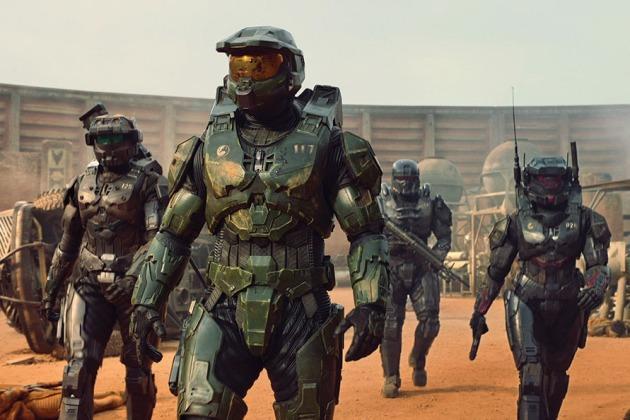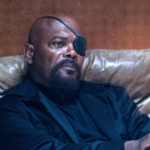
For more than 20 years, millions of gamers worldwide have played Xbox’s flagship space shooter game Halo and its sequels, taking on the role of a futuristic Spartan warrior Master Chief.
With his bulky armor, amber helmet visor and a myriad of 26th-century weaponry, the sci-fi trooper fights an endlessly invading alien force known as The Covenant. A Hollywood version seemed inevitable, yet also inevitably difficult — the game’s main character had no character at all since the Master Chief serves as a helmeted stand-in for the player.
More from The Hollywood Reporter
Various writers, producers and directors jumped on and off the project. It was a movie, then a TV show. The upcoming series alone has had three showrunners (Kyle Killen, Steven Kane and now David Wiener) and two networks (it was ordered by Showtime, then jumped to Paramount+).
Since 2018, however, there has been at least one constant attached: Pablo Schreiber, the actor tasked with embodying a character known to every gamer, yet one that nobody really knows. “There’s this expectation because a huge portion of the audience has played the game believing they are the Master Chief,” he says. “And now here I am, attempting to play it.”
The stoic cyber-warrior is quite the reversal for the 43-year-old Canadian, who got his first notable break with a season-long arc on HBO’s The Wire but is best-known for larger-than-life roles in titles like American Gods and Orange Is the New Black. “I was given a lot of leeway in those roles to push the boundaries because the characters are so big and broad,” says Schreiber, who’s half brother to Ray Donovan star Liev Schreiber. “This is a 180-degree turn. It’s a very tight box, especially early in the series, trying to find the sweet spot of restraint and figure out this guy’s inner life.”
Rather than viewing Master Chief’s opaqueness as a hurdle, Halo makes the character ignorant of his past (his memory has been erased and emotions chemically suppressed). So the question “Who is the Master Chief?” becomes a journey for Schreiber’s character as well as the audience across the debut season’s nine episodes as he finds himself defying orders to protect a young girl (Kwan Ha Boo).


Courtesy of Richard Knapp
The project’s lengthy development, however, meant it was beaten to the screen by another streaming title about a mysterious helmeted space warrior who gradually discovers his humanity while aiding a fugitive child. But Schreiber says the success of Disney+’s The Mandalorian isn’t seen as a threat.
“I was like, ‘OK, great, there’s a precedent and people are hungry for this genre and this material — because there is definitely overlap — and the success they had bodes well for us,” he says. “Also, The Mandalorian is always helmeted and has to remain that way. In Halo, the Spartans take their helmet off a ton — it’s only Master Chief’s face you haven’t seen before.”
The rest of the character’s costume was cumbersome. While The Mandalorian’s armor is merely protective, the Master Chief’s bulky bodysuit is intended to serve another purpose.
“It’s 50 pounds of plastic and the suit is meant to make you superhuman — it enhances the Spartan’s capability for his performance tenfold,” he says. “In reality, it’s the opposite. It’s a challenge to manipulate a cumbersome costume and find ways to shoot it so it looks like you’re super capable.”
Halo has already been greenlit for season two. Schreiber hopes once fans see the result, the title can quickly leave behind its rocky development history and “video game TV show” label.
“There’s so much opportunity for transcending being a sci-fi show, a superhero show or a video game show and just be legitimately great television that happens to be exploring those genres.”
Halo premieres at the South by Southwest Film Festival on March 14 and debuts on Paramount+ on March 24.
A version of this story first appeared in the March 16 issue of The Hollywood Reporter magazine. Click here to subscribe.
Best of The Hollywood Reporter




